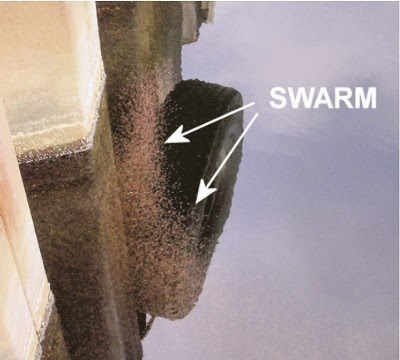Bloody Red Shrimp
Bloody Red Shrimp
1. Bloody red shrimp is an invasive crustacean native to freshwater areas of the Black, Azov and Caspian seas in eastern Europe and western Asia. It has been found in all of the Great Lakes except Lake Superior. The shrimp was likely introduced and spread through the Great Lakes by ballast water from ocean-going ships.
2. The bloody red shrimp gets its common name from its color which is typically a rich red; however, this may vary from ivory-yellow to transparent.
3. Mysids are also sometimes called opossum shrimp because females typically carry their eggs in a pouch.
4. These shrimp are very small, with males reaching only 8-10 mm and females reaching 11-16 mm. They have large stalked eyes and eight pairs of legs. They are typically red to orange in color due to pigmented cells called chromatophores; however, coloration can be highly variable and change with varying light and temperature conditions.
5. It has eight pairs of legs, while most other larger shrimps and decapods have five pairs. In addition its unique swarming behavior is unlikely to be confused with anything else in the Great Lakes. The bloody red shrimp has a distinctive flat-ended tail with two prominent spikes.
6. Bloody red shrimp travel in swarms that look like reddish clouds in the water. At night the shrimp move toward the surface of the water. By day they are difficult to see because they avoid direct sunlight, clustering on rocky lake bottoms or in protected areas near hard structures such as docks, piers and boats. They move quickly when disturbed.
7. Bloody red shrimp grow and multiply rapidly, and scientists have seen dense swarms of more than 500 shrimp per cubic metre in some locations. They eat the tiny plants and animals known as plankton, insect larvae, and each other.
8. Scientists don’t fully understand the impact of the bloody red shrimp on the Great Lakes, but believe its eating habits and ability to multiply rapidly could threaten native species.


Comments
Post a Comment